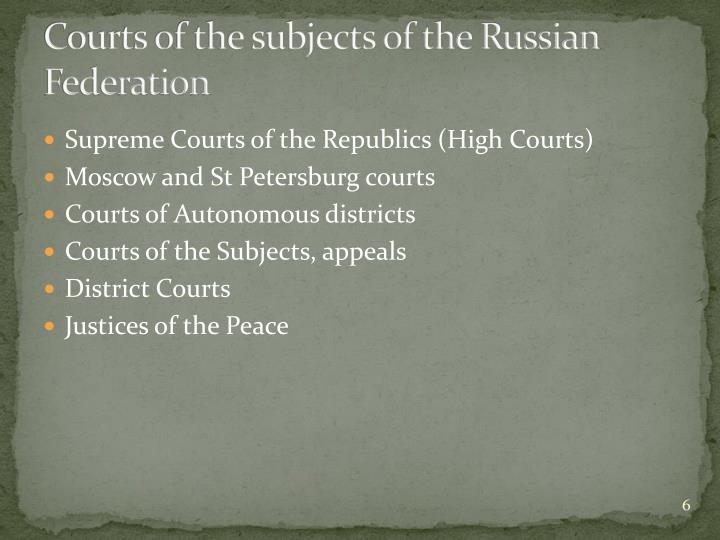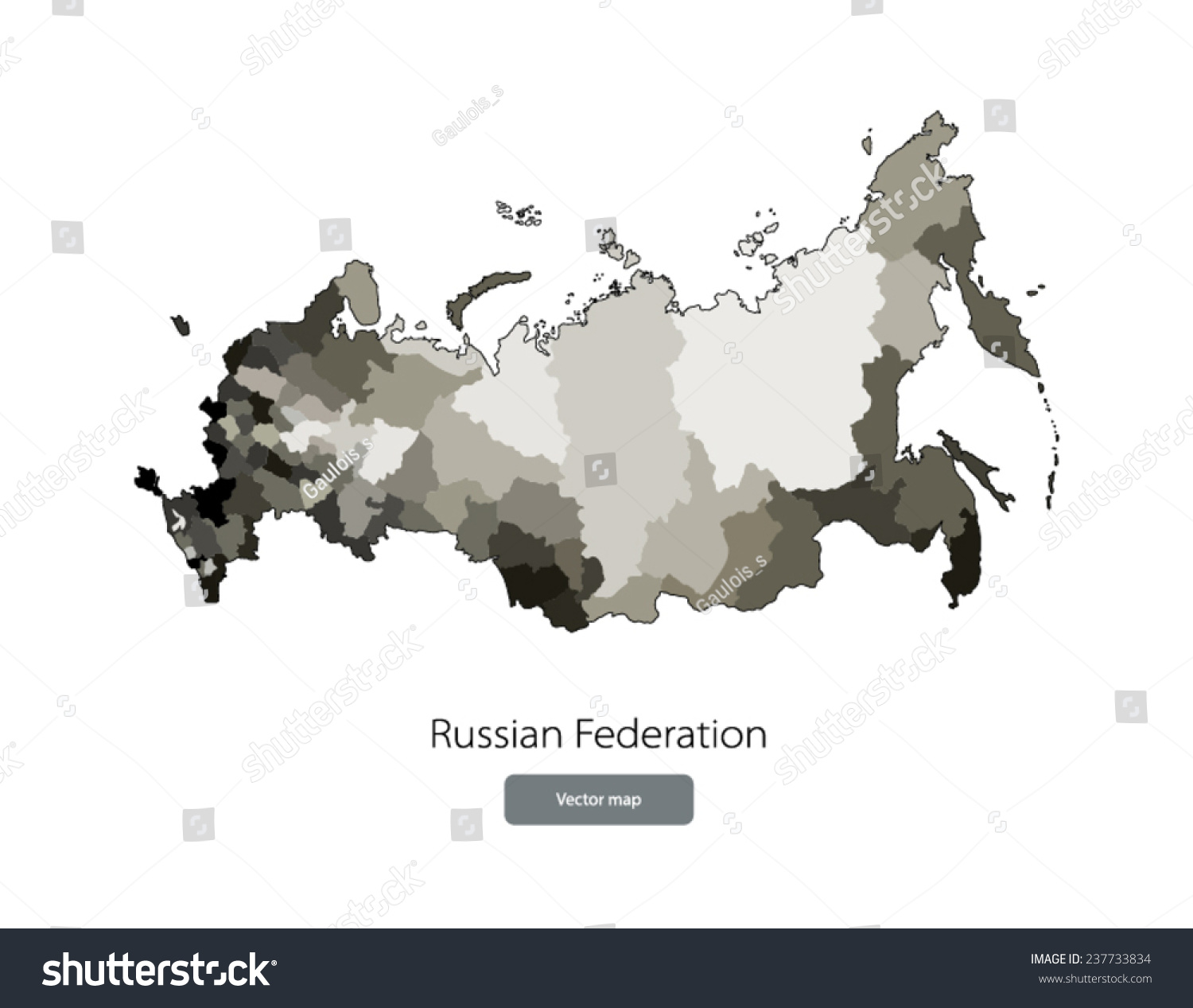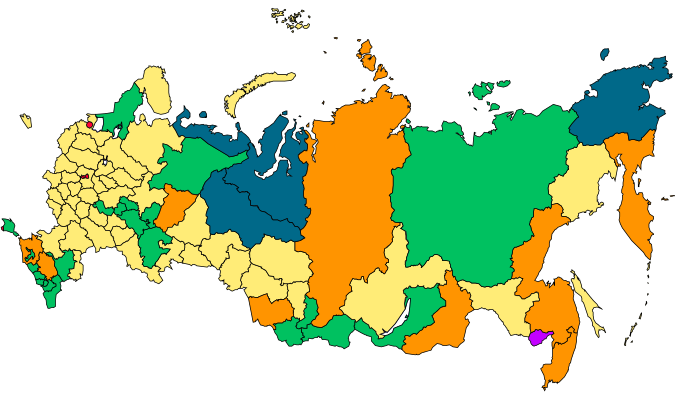

INTRODUCTION. The Russian political system is one of the more recent to embrace democracy but remains deeply flawed in terms of its democratic credentials, overwhemingly tainted by corruption, and massively influenced by the power and personality of one man, Vladimir Putin.




The federal subjects of Russia, also referred to as the subjects of the Russian Federation (Russian: субъекты Российской Федерации subyekty Rossiyskoy Federatsii) or simply as the subjects of the federation (Russian: субъекты федерации subyekty federatsii), are the constituent entities of Russia, its

First Section. Main Provisions Chapter 1. The Fundamentals of the Constitutional System. Article 1. The Russian Federation – Russia is a democratic federal law-bound State with a republican form of government.


Federal State Budgetary Institution «Analytical Center for the Government of the Russian Federation»
The name Russia is derived from Rus’, a medieval state populated mostly by the East Slavs.However, this proper name became more prominent in the later history, and the country typically was called by its inhabitants “Русская Земля” (russkaja zemlja), which can be translated as “Russian Land” or “Land of Rus'”.
Chapter 3. The Federal Structure. Article 65. 1. The Russian Federation includes the following subjects of the Russian Federation: Republic of Adygeya, Republic of Altai, Republic of Bashkortostan, Republic of Buryatia, Republic of Daghestan, Republic of Ingushetia, Kabardino-Balkarian Republic, Republic of Kalmykia, Karachayevo …

The Russian Federation (Росси́йская Федера́ция, Rossiyskaya Federatsiya), commonly known as Russia (Rossiya), is a transcontinental country extending over much of northern Eurasia (Asia and Europe).
The Russian Federation ranked third class sizes at the primary level for with fewer than 17 pupils per classroom, compared with an OECD average of21, and second at the lower secondary level 18 with
Dear Sir/Madam. The postal administration of the RUSSIAN FEDERATION asks me to inform you of the following: “I would like to draw your attention to our postal administration’s grave concern about the production and distribution of postage stamps ostensibly issued by various regions of the Russian Federation.
Historical and recent trends in migration. Major migration trends in contemporary Russia have deep historical roots. Population movement during the time of the Tsars (1547-1917) and Soviet (1917-1991) period provided the preconditions for the post-Soviet migration, including both internal and international migration processes.